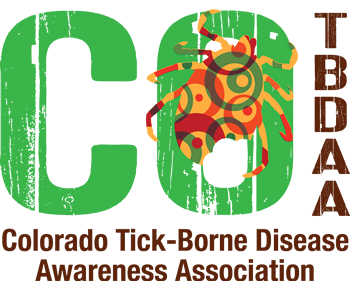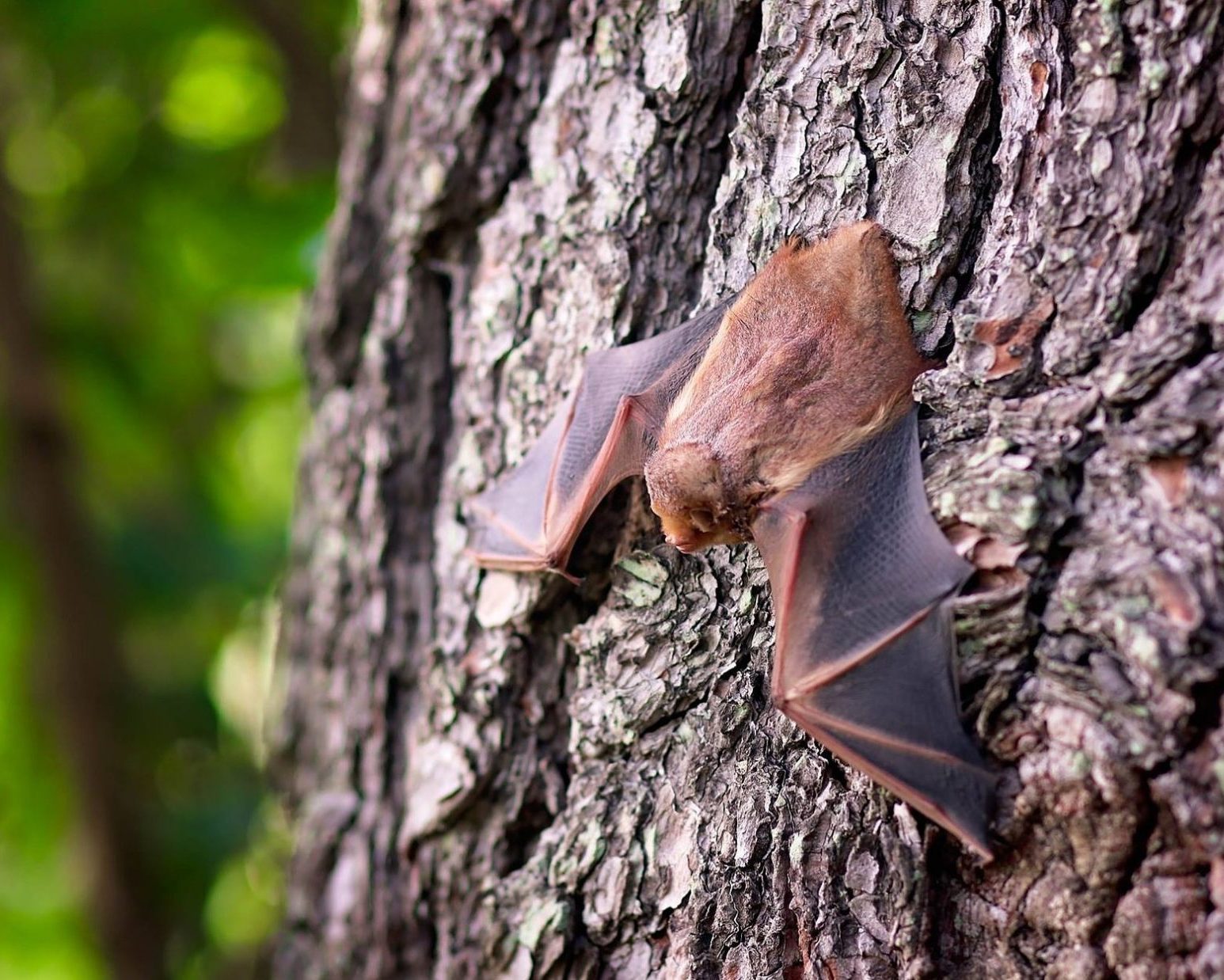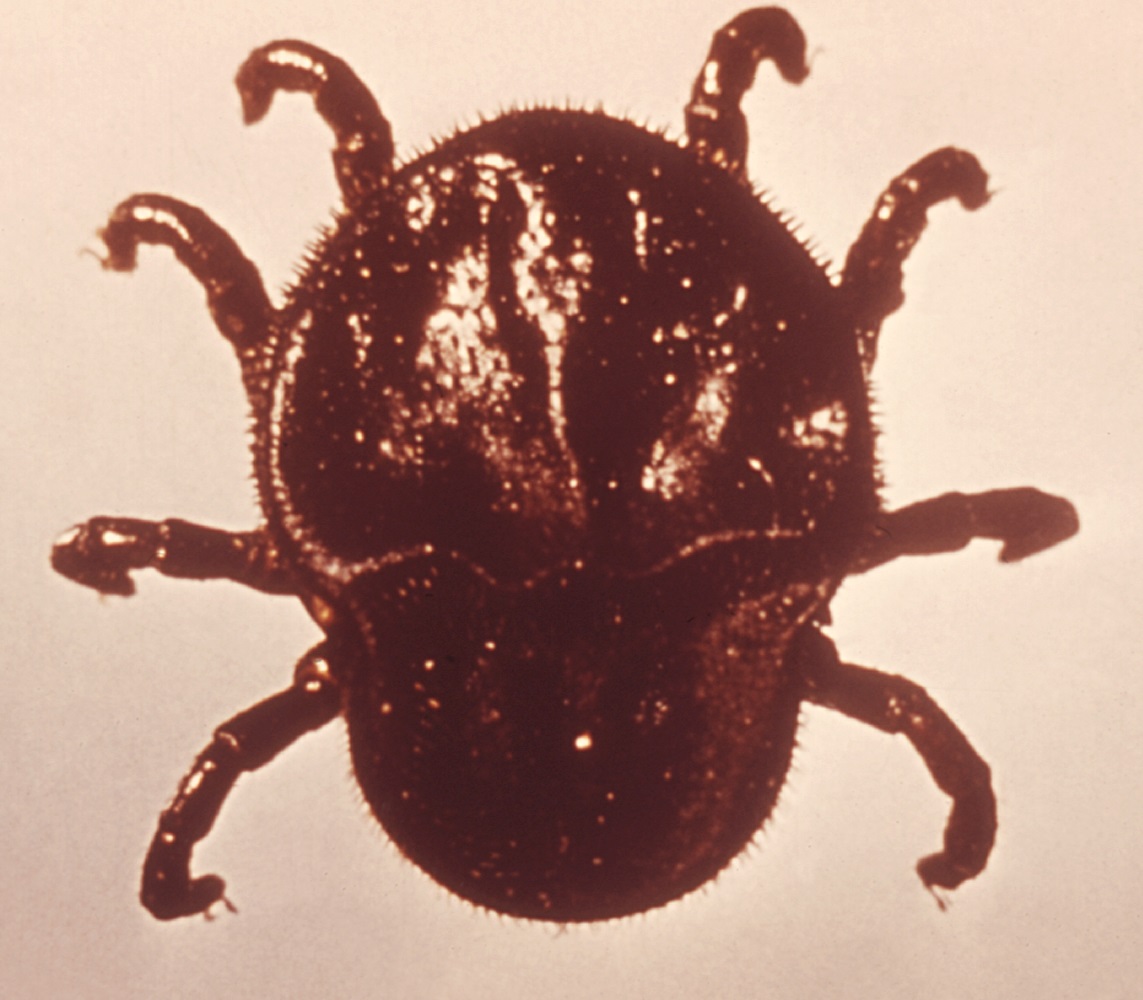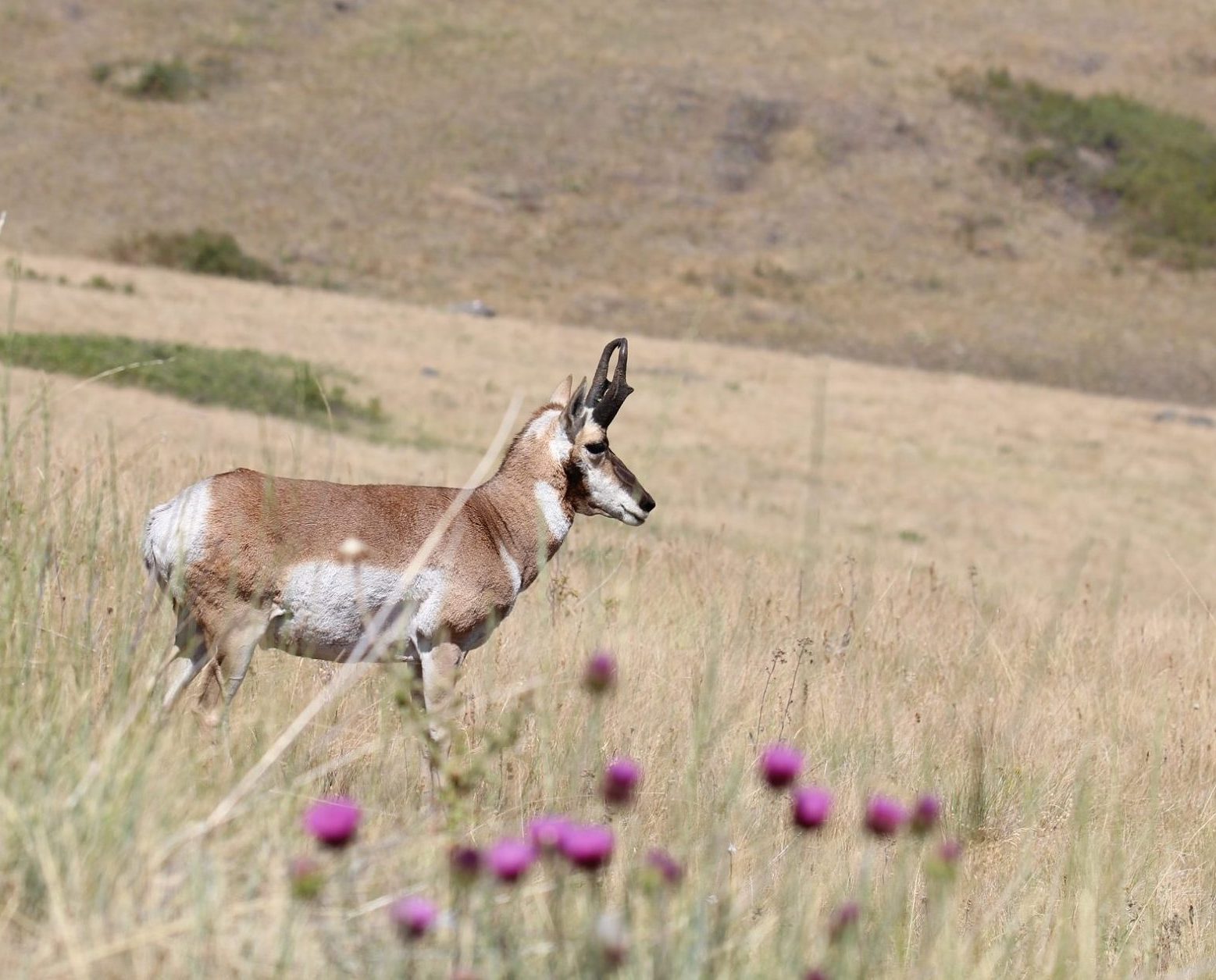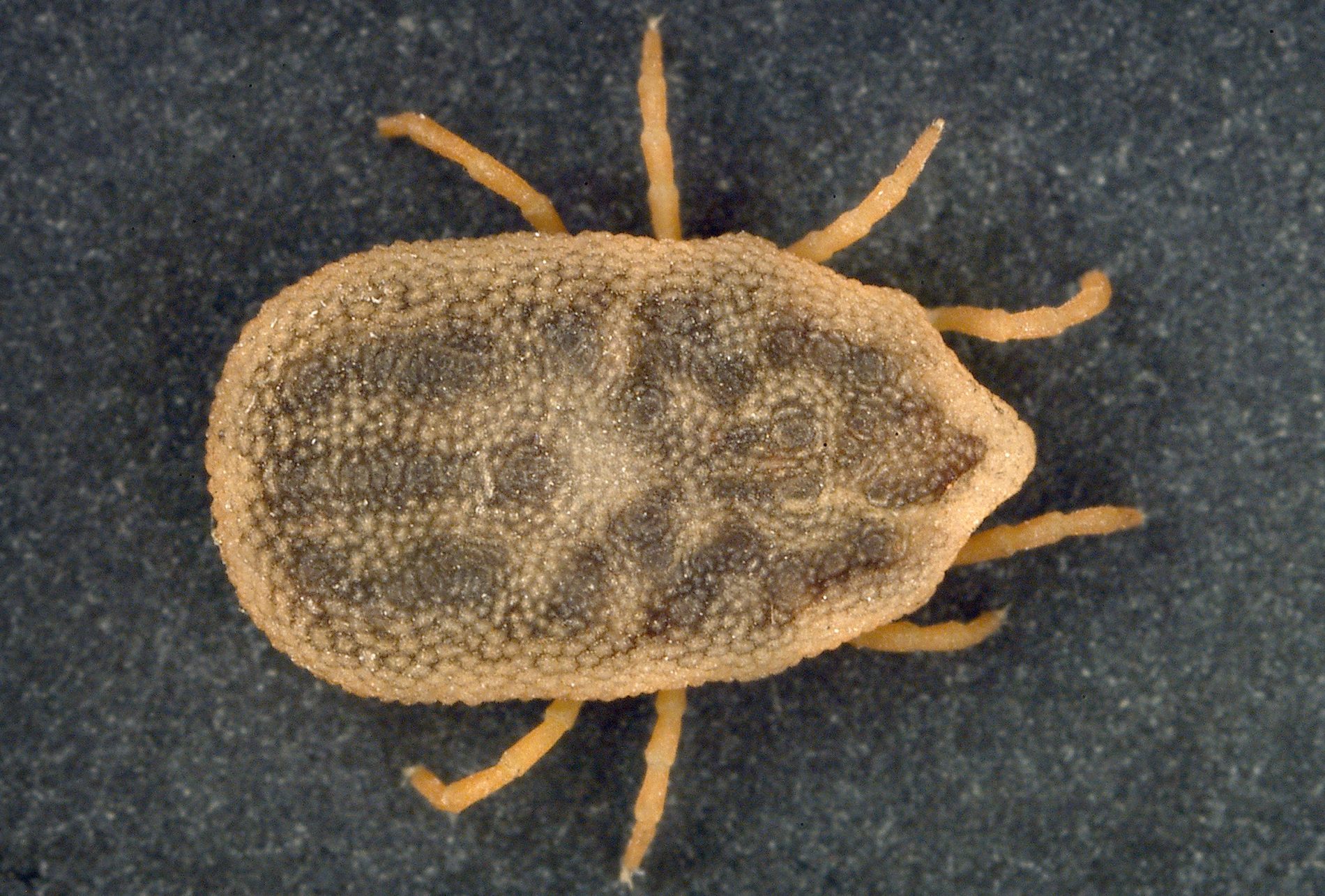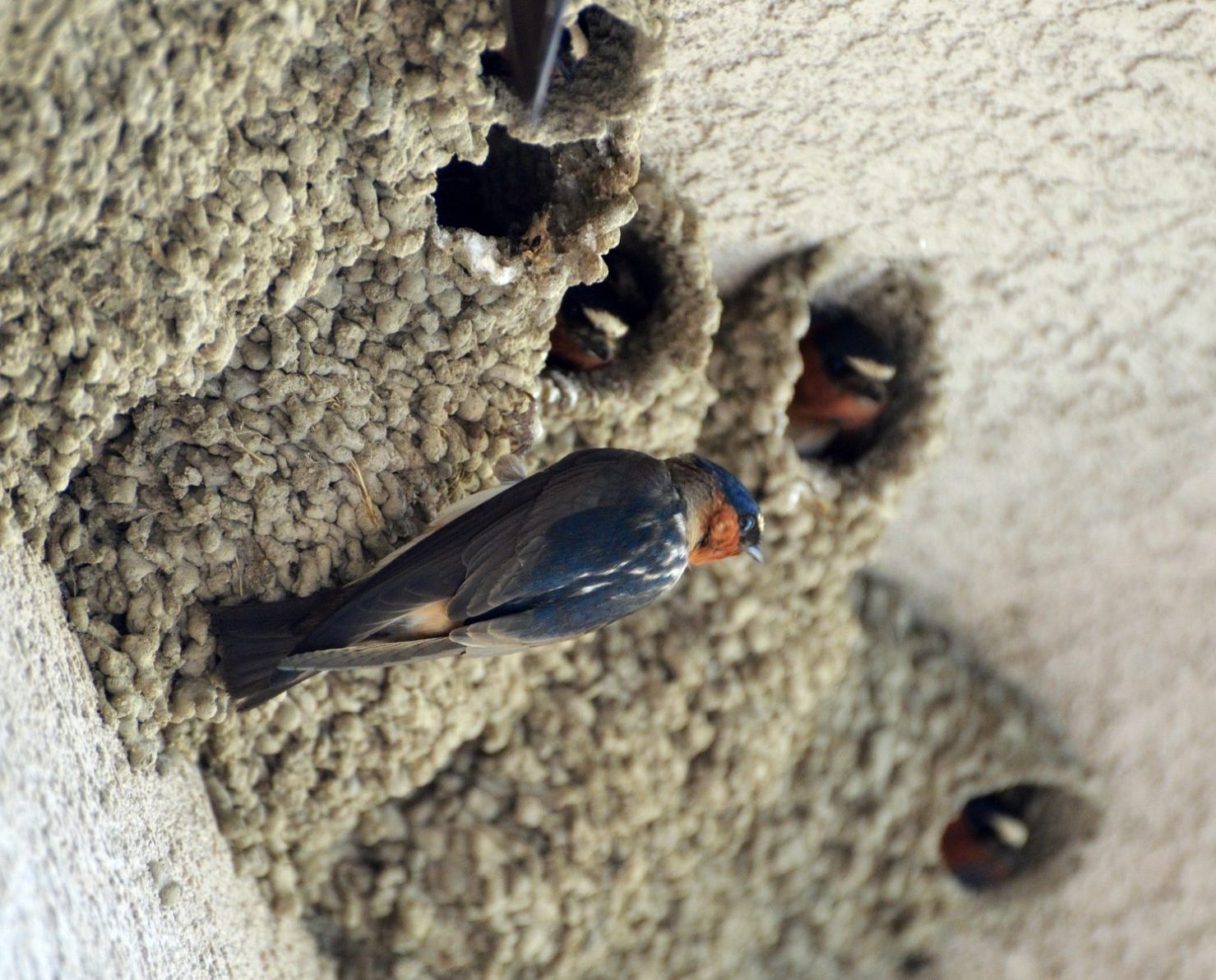Carios concanensis
[vc_row][vc_column width="2/3"][vc_column_text] Carios concanensis Distribution Carios concanensis occurs in AZ, CA, CO, Kansas, MT, OK, SD, TX, UT, WA, and WY in the United States, and in Alberta and Saskatchewan in Canada. Distribution records for C. concanensis in CO trace primarily to collections reported under the synonym Ornithodoros aquilae. Hosts This tick has been collected from caves in AZ and TX occupied by bats, specifically big brown bat, cave myotis, and Mexican free-tailed bat. Cliff-nesting swallows, are seasonally the most important hosts for C. concanensis. Hosts also include prairie falcons, golden eagles, western red-tailed hawks, and ferruginous pygmy owls. Vector Status C. concanensis has been implicated as a vector of Babesia moskovskii in prairie falcons; attributing deaths of prairie falcon nestlings to heavy infestations. Resources H Joel Hutcheson, James W Mertins, Boris C Kondratieff,...
